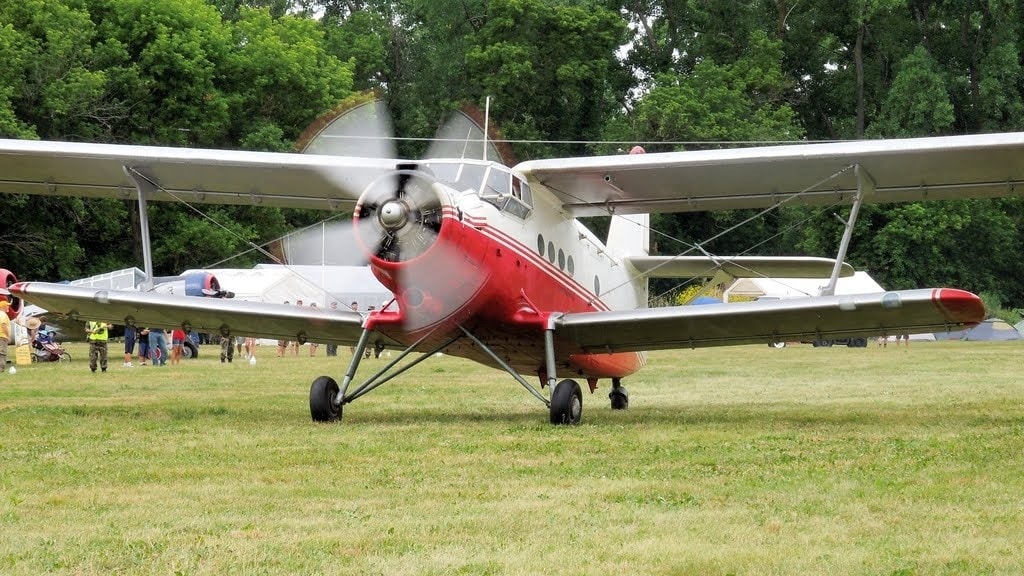
An-2R
An-2R Colt
"Natasha"

"Natasha"
National Warplane Museum
The Antonov An-2 is one of the most remarkable utility aircraft ever built — famous for its massive size, slow flight capabilities, and extraordinary ruggedness. Nicknamed the "Colt" by NATO, the An-2 has served in dozens of roles worldwide since its introduction in the late 1940s, earning a reputation as one of the most versatile biplanes in aviation history.
First flown in 1947, the An-2 was designed in the Soviet Union as a multi-purpose transport capable of operating from short, unimproved fields. Its unique combination of large size, simple systems, and extremely low stall speed made it ideal for agricultural work, cargo transport, paratroop drops, bush flying, and many other missions. The An-2R variant was configured for agricultural spraying and cargo operations. Remarkably, An-2s remain in active service worldwide even today, decades after their introduction.
The An-2’s robust construction allowed it to operate in some of the harshest environments on earth — from Arctic supply runs to remote jungle airstrips. Its extremely slow approach and landing speeds made it ideal for parachute operations, agricultural spraying, and rough-field cargo delivery, earning it widespread use in both civilian and military roles across the Eastern Bloc and beyond.
Antonov An-2R Colt (Manufacturer’s No. 1G22656 / N# N26AN)
Built in 1987, this An-2R was originally operated by a skydiving school in Siberia. In the early 1990s, it was purchased by a group of National Warplane Museum members and brought to Geneseo to join the Museum’s growing collection of unique warbirds and vintage aircraft. Affectionately nicknamed "Natasha," the aircraft features nose art inspired by the Rocky and Bullwinkle cartoon character Natasha Fatale, giving it a distinctive personality that delights visitors.
The An-2 last flew in 2016 but has since required a replacement propeller — a complex task due to the specialized tooling needed for its Soviet-designed powerplant. Plans are currently underway to install a new propeller, with the goal of returning Natasha to full flight status as part of the Museum’s living history flying collection. Once flying again, it will once again offer visitors a rare opportunity to see this iconic Cold War-era biplane in operation.
"Natasha"
Cold War Soviet Military/Civilian Transport
Grasshopper Aviation Inc., from Siberia
Method: On Loan
Hangar #1
Other aircrafts in our collection


